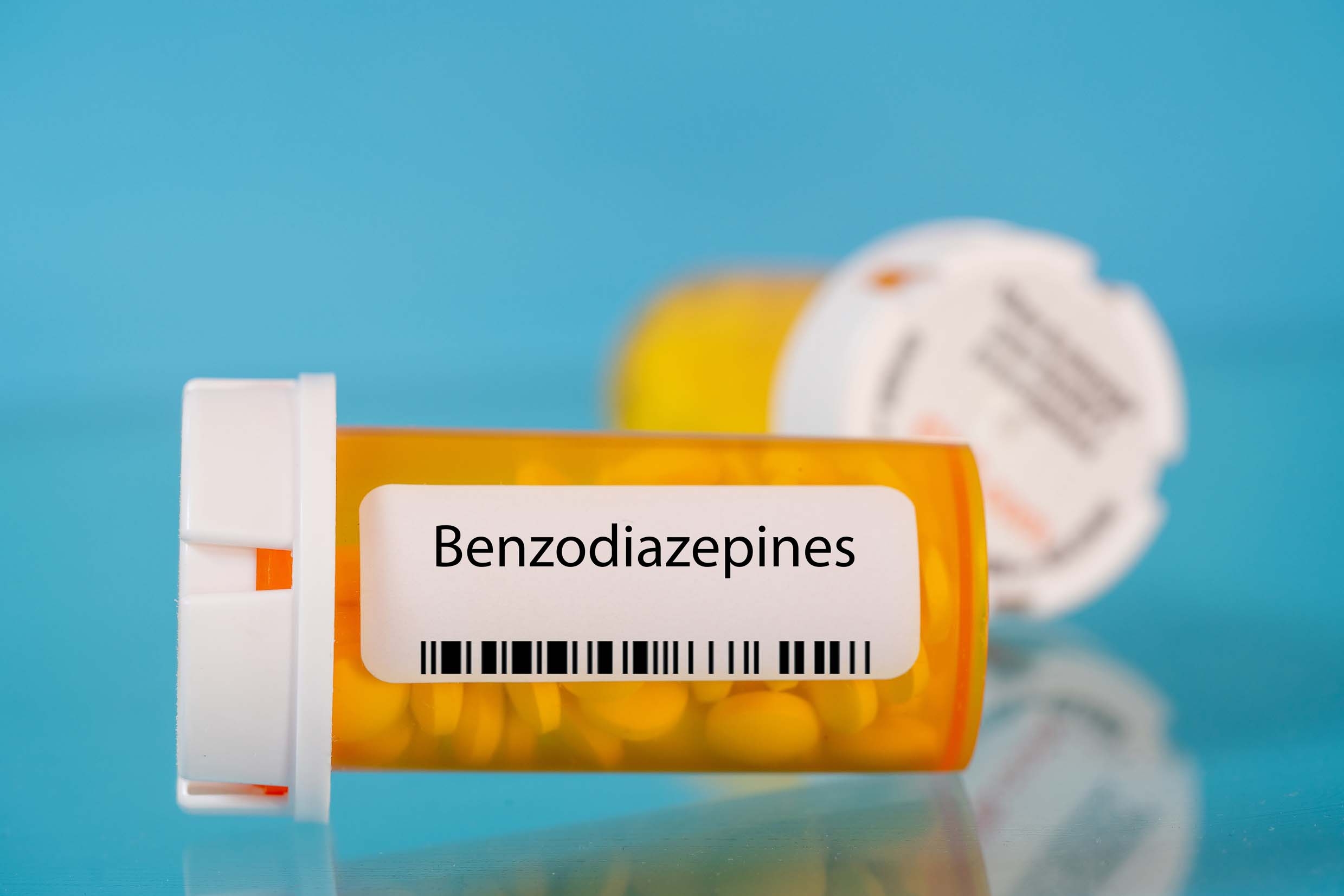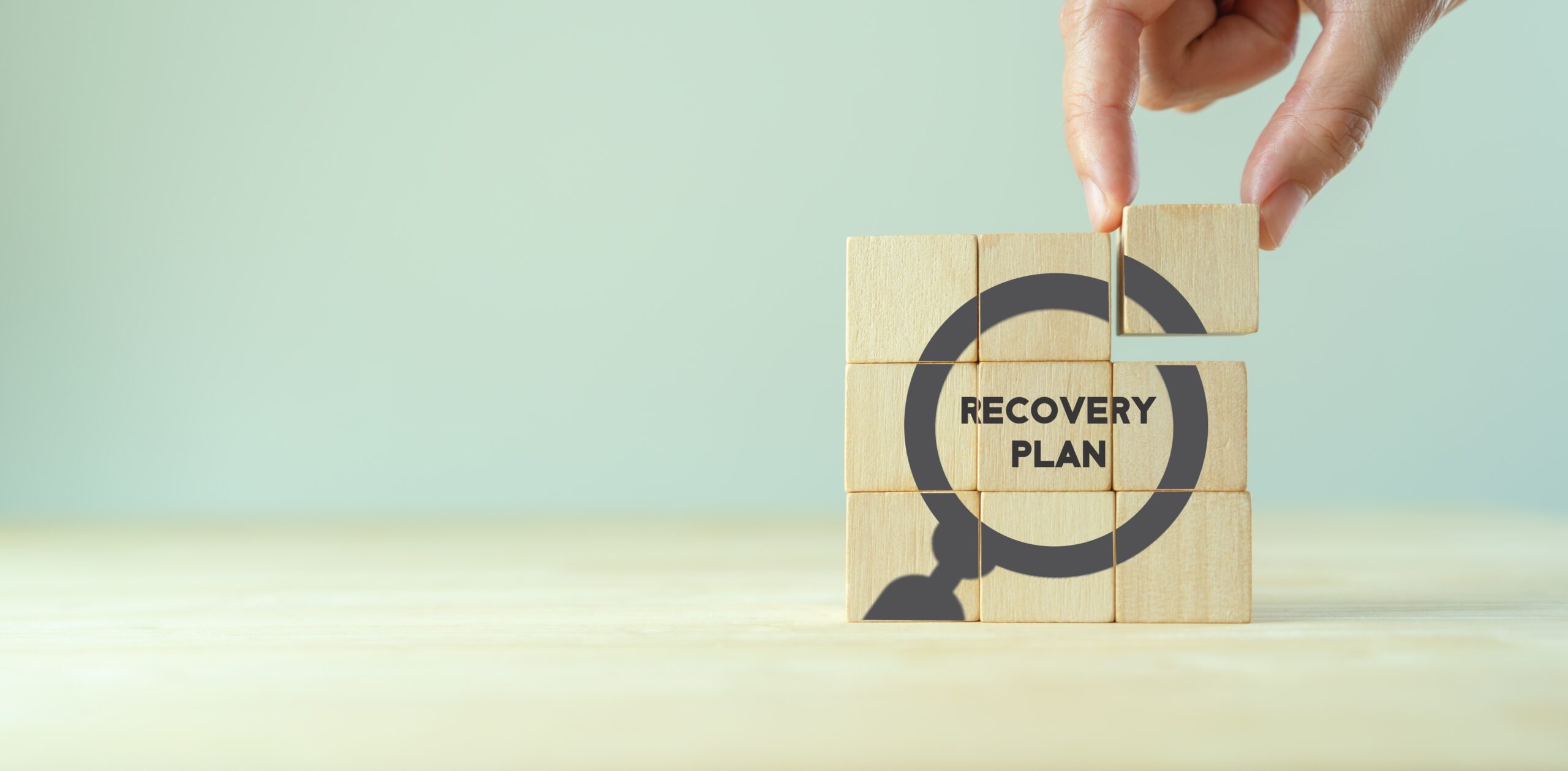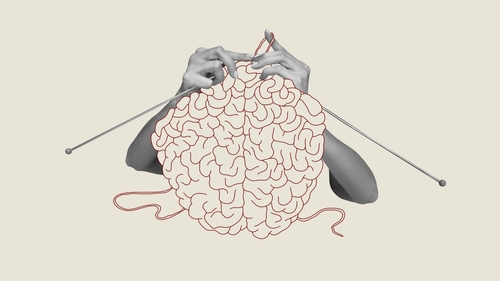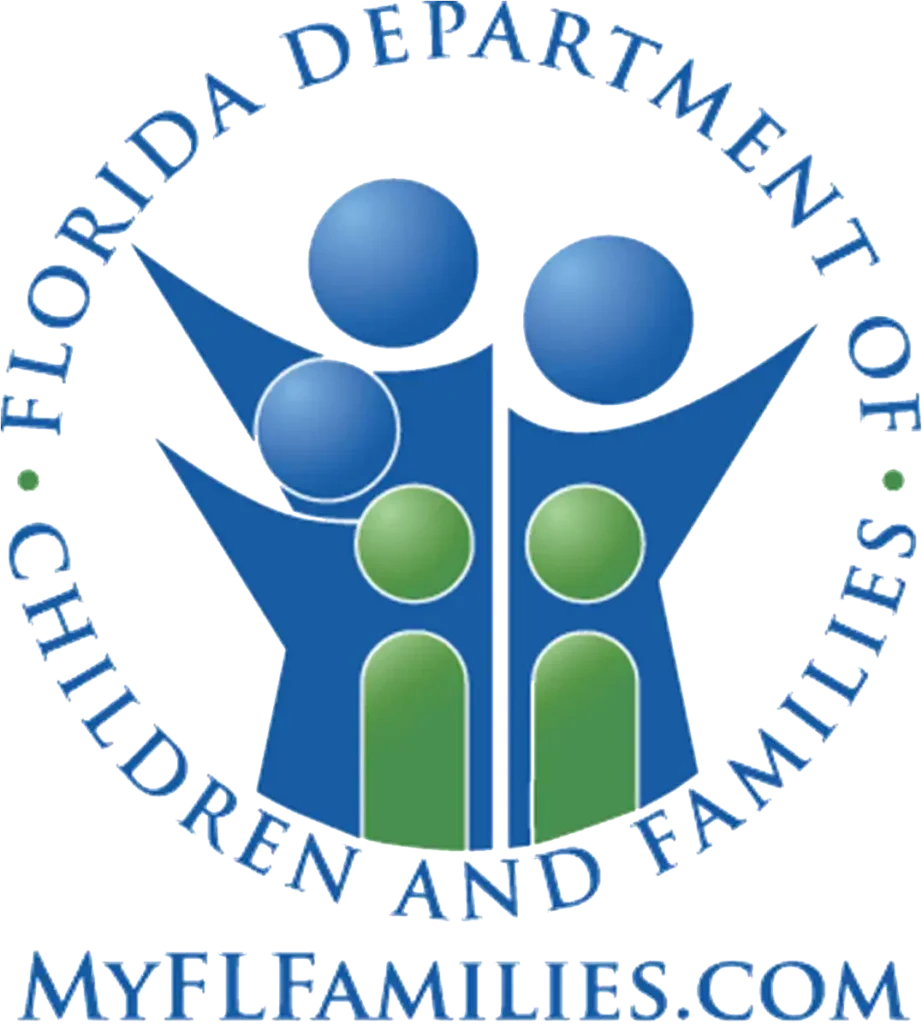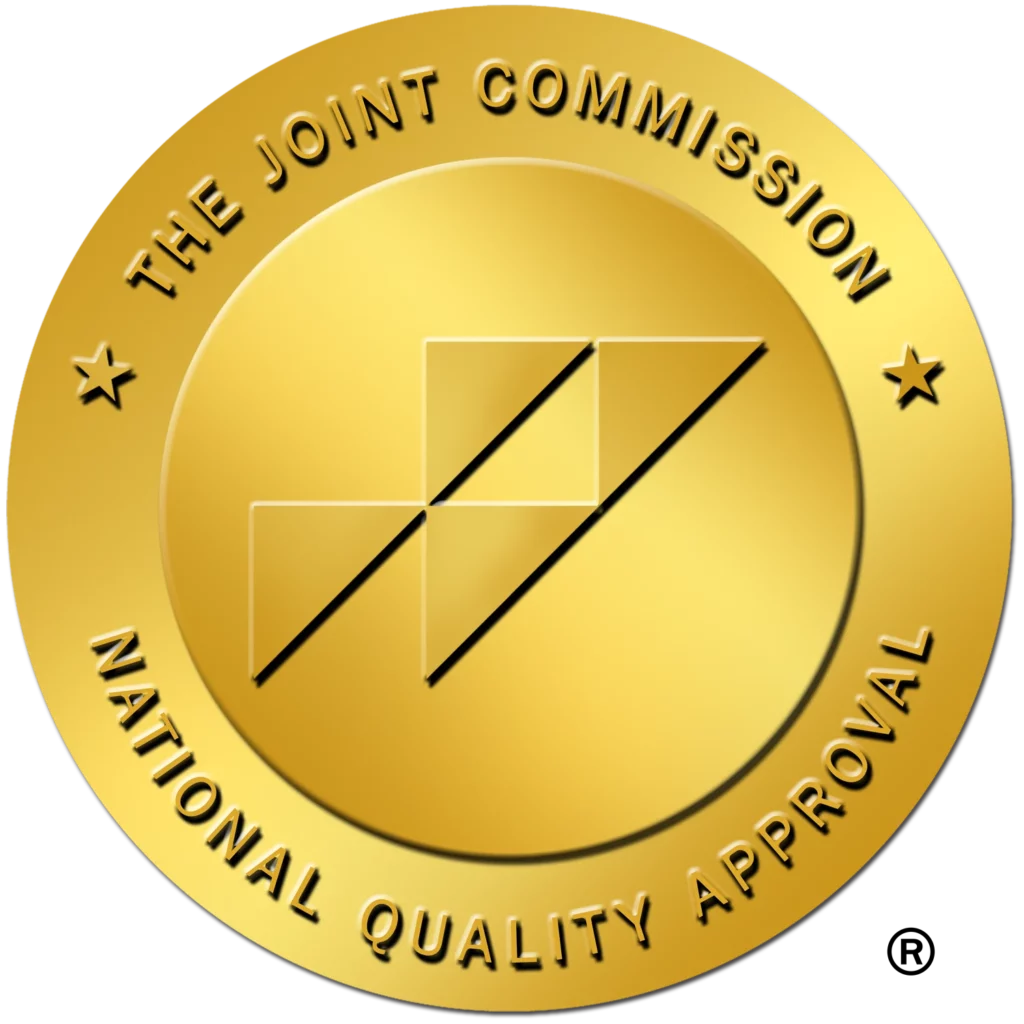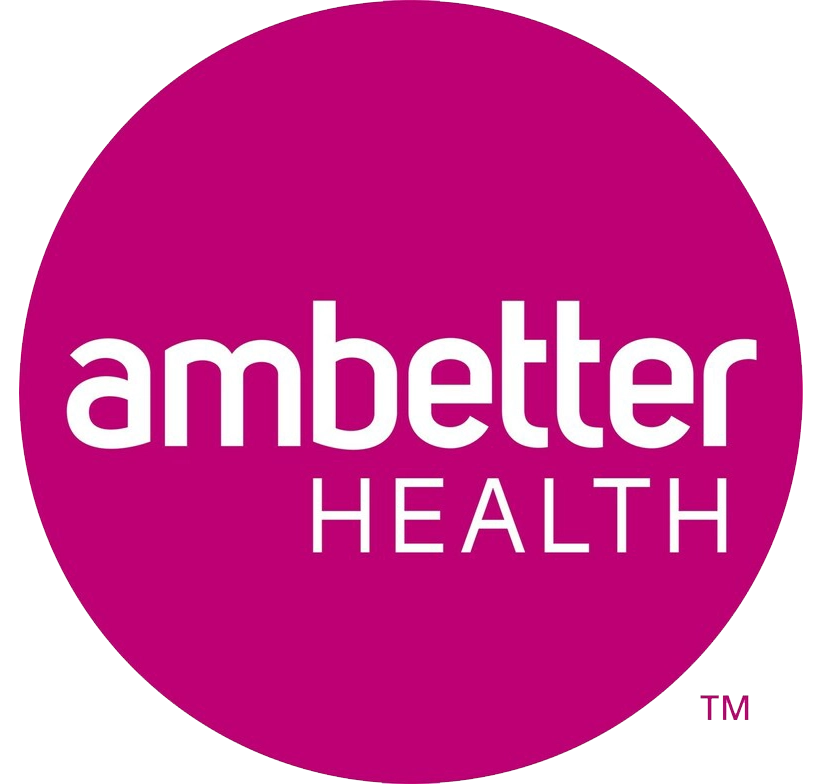Cooking And Eating Healthy After Your Rehab Stay
This entry was posted in Nutrition and tagged Healthy Living, How To, Life Skills, Meal Prep, Recovery Toolbox on March 15, 2019 by Justin Baksh, MS, LMHC, MCAP, Chief Clinical Officer.

Regardless of the reason for your rehab stay, it is more important than ever that you eat a healthy diet. You should address deficiencies acquired during your addiction, as well as maintain adequate nutrition moving forward. In general, make an effort to eat a diet with a large variety of different foods to keep you interested, and do your best to cook meals at home when possible. As an added benefit, renewing your cooking efforts can provide you with a healthy focus.
Proper Nutrition Is Important
In order to get the most benefit from cooking your own meals, you need to know what to buy. Not everything in a grocery store is healthy for you. Learning about proper nutrition is fundamental to healthy meal preparation, which is especially important in the first year after your rehab stay. The following foods are ways to eat healthier that will serve you throughout your recovery and into the rest of your life.
1. Fruits And Vegetables
The single most important ingredients for a healthy diet are the right plants and fruits. They are full of the vitamins and minerals we need, especially for recovery.
Among the many healthy fruits are:
- Apples
- Oranges
- Pineapple
- Grapes
- Blueberries
- Raspberries
- Bananas
- Dates
Some of the best vegetables to eat are:
- Broccoli
- Asparagus
- Romaine Lettuce
- Spinach
- Cauliflower
- Zucchini
- Red Cabbage
- Squash
2. Proteins
Protein provides the building blocks our bodies rely on. Proteins can come from meat, dairy, and even plant sources. They include:
- Chicken
- Turkey
- Fish
- Red Meat
- Eggs
- Greek Yogurt
- Beans
- Nuts
3. Complex Carbs
Carbohydrates are an important energy source. When we exercise hard or play sports, we need carbs to supply the energy to power through. The healthiest sources of complex carbs are:
- Sweet Potatoes
- Yams
- Oats
- Brown Rice
- Wild rice
- Whole wheat
4. Healthy Fats
Our bodies need fat. It is an energy source, and the body can absorb and use certain vitamins in the presence of fat. For healthy fat, try the following:
- Avocados
- Seeds – sunflower and pumpkin
- Natural peanut butter
- Low-Fat cheese
- Extra Virgin Olive Oil
- Coconut oil
Common Areas to Address, Post-Rehab
People exiting rehab have often been partaking in their habit of choice for a great deal of time, sometimes neglecting proper nutrition along the way. As you continue in your recovery, it is important that you address these areas in particular, which may be lacking:
- Fiber. Make an extra effort to eat easily digestible forms of fiber that are gentle on damaged stomach linings, such as bran muffins and oatmeal.
- Foods that address serotonin levels. Starchy foods high in complex carbohydrates such as pasta, bread, root vegetables, beans, lentils, and peas
- B-Complex vitamins. Foods rich in B vitamins include the above-mentioned leafy greens, and dark green vegetables.

- Vitamin D and Calcium. Vitamin D can aid in calcium absorption. Good sources of both include dairy products and fortified cereals, as well as many vegetables.
- Multivitamins. Consider taking a multivitamin to address minerals more difficult to replace, such as zinc and magnesium.
Take The Right Approach To Shopping
Make a plan for healthy meal preparation before you go shopping, and put effort into trying to include foods from each area of focus.
Think about the kind of meals you would like to eat during the week. Consider breakfast, lunch, dinner and snacks. Make a list of what you will need to prepare each meal.
If you don’t want to plan every meal in advance, think about the kinds of ingredients you will likely need. You can always make a supplementary trip if need be.
When you get to the supermarket, using the “Outer Ring” technique is a good way to avoid the junk food and keep to the healthy stuff. Most grocery stores have a layout with the healthy food, like fruits, vegetables, lean meats, nuts, and dairy stored on the perimeter of the store. It’s the interior of the store that has sugary snacks and beverages and generally unnatural processed foods.
Learning To Cook
Along with efficient grocery shopping, one of the best ways to eat healthier is learning to cook for yourself.
Like any skill, cooking takes time and effort to learn (or re-learn, if you enjoyed cooking before your rehab stay) so you can get into a routine.
However, with practice, you can expand the variety of dishes you can make and maybe even find some favorites your friends and family will enjoy. There are lots of good resources for recipes on the internet.
- Emeals. This site has a number of meals separated into categories. When you choose a meal, it produces a grocery list of what you will need to prepare that meal.
- HealthyDiningFinder. Just enter your zip code and this site will give a list of nearby restaurants with the healthiest items on their menu.
- Mayo Clinic’s Healthy Recipes. Loaded with hundreds of recipes, the Mayo Clinic’s website allows you to browse by category.
And don’t forget that not every meal needs to be a big preparation. If you don’t have the time or energy to prepare a full meal, you can get a healthy snack from a smoothie. All you need is a blender and the right ingredients.
Keep Costs Down
Cooking your own meals is usually cheaper than the dining experience. Nevertheless, there are ways to stretch your dollar even further. Follow these tips:
- Make your own dips, salad dressings, sauces, and spreads. Making them yourself is healthier and also easier on your wallet.
- Make use of your freezer. Sometimes it’s a good idea to cook for four and save some for later. This works really well with soups. You might double the recipe and put some in storage for the future. Other nights you might not be as hungry as you thought. Those leftovers can be your next meal or snack rather than going to waste.
- Keep healthy food available. When you get a sudden craving, having something easily at hand can be the difference between a healthy snack and heading out the door to eat something from a fast food restaurant. It’s cheaper and healthier at the same time.
Restaurants
Just because you’re eating healthy doesn’t mean you will never eat out again.
There are ways to make healthy selections in restaurants.
- Research ahead of time. Most restaurants have their menus available online. Some will have nutrition charts and highlight their healthier meals.
- Eat smaller portions. Some restaurants have smaller portion options, while others allow you to order the children’s portion or the lunch portion at dinner. T.G.I. Friday’s even has a “Right Portion Right Price” menu for those who want to eat healthy and save money.
- Avoid chain restaurants. Big restaurant chains tend to serve large portions. Independent, local restaurants often have smaller portions. In addition, they are more likely to buy local, healthy produce and meats.
Things to Avoid
Whether you’re using the “Do’s” to plan a grocery shopping trip, prepare food at home, or go out to a restaurant, be sure to keep these “Don’ts” in mind as well:
- Don’t replace your former addiction with caffeine. Caffeine can produce similar highs and lows in the body, and can become another addiction. Keep caffeine consumption at two cups per day or less.
- Don’t overindulge in sugar. Similar to caffeine, sugar can produce emotional highs and lows similar to a drug. In addition, it isn’t healthy for your body in large amounts. A good rule of thumb is to not add sugar to anything you eat, because most foods already have hidden sugar in them.
- Don’t binge. Some in recovery may be tempted to turn to food addiction to replace drug addiction. While food is not comparable to drugs because everyone needs to eat, be aware of the effects of overeating, particularly junk foods and fast food.
- Don’t get discouraged. We all make poor food choices at times. Sticking to a generally healthy diet can help you and your body return to a normal state after rehab.
While eating healthy can help you address areas of your nutrition that may have been lacking after your stay in rehab, it can also have the added benefit of being cheaper.
Follow these shopping tips, give cooking at home a try, and make better choices at restaurants to aim your recovery in the right direction.
You may also check out our Substance Abuse Recovery Programs for a personalized approach on mental and physical recovery.

